Galle Day Tour
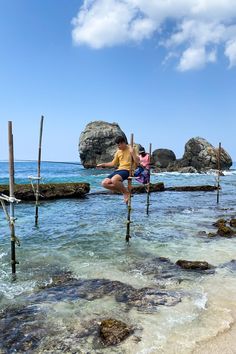

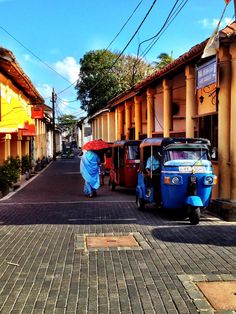
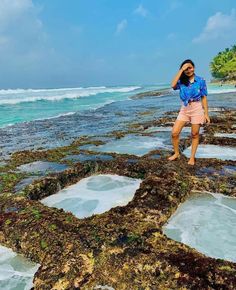
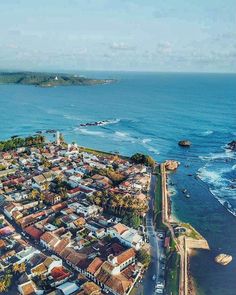
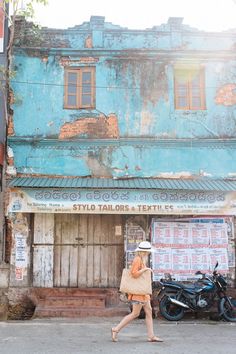
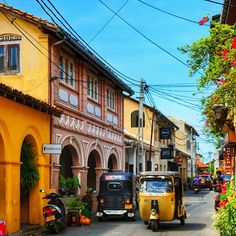
Description
Galle, is situated on the island's southern coast. Galle fort dates back to the 13th century and was built by the Portuguese and fortified by the Dutch in the 16th century. It was designated a UNESCO World Heritage Site in 1988. The sandy beaches, rivers, and villages swarm with wildlife, all of which make the southern coast a mandatory getaway for tourists. Many come to wander around the tranquil streets of this living museum, yet there is much more to do.
| Day(s) : 1 | Max People : 10 | Get a Quote |
| Min Age : 0 | Pickup : Any location | Langauge - Any Language |
The tiny village of Balapitiya is the starting point for boat trips
up the Madu Ganga river. These river safaris offer visitors the chance to see a range of birdlife, as well as amphibians and reptiles. There are 64 islands along this stretch of river,
some of which are inhabited. One island is home to a large Buddhist temple adorned with paintings and sculptures. On another, visitors can watch a demonstration of how cinnamon oil is extracted from the tree bark by residents. For many
tourists, the highlight of the trip
is passing through the dense mangrove forest or "mangrove caves".
lies in the small town of Koggala.
Although popular with the locals,
the museum does not see many
tourists. However, those who do
go will be rewarded with a glimpse of what life was like on the island up to a century ago. The museum is inspired by, and devoted to, the life of Martin Wickramasinghe (1890-1976), a renowned Sri Lankan writer who, although fluent in English, chose to write
in Sinhala. During his career, he penned a
number of novels as well as non-fiction works, such as Gamperaliya
(The Transformation of a Village, 1944), Madol Doova (Mangrove Island, 1947),
play, Yuganthaya (The End of an Era, 1949) and Kaliyugaya (Age of
Parkness, 1957). Many of his
books have now been translated into a range of languages. Spread around a huge garden, the museum complex
comprises two sections: the lk Museum and the writer's house. The Folk Museum
displays a range of exhibits from traditional village life. The various objects of folk culture that the writer collected during his lifetime formed the basis of the collection when the
the museum opened in 1981. There are tools, cooking utensils traditional games, a superb collection of masks and puppets as well as a re-created village
Kitchen. A number of exhibits are informatively labeled in both English and Sinhala. Behind the The museum is a display of traditional modes of transport,
including carts. The house where Martin
Wickramasinghe was born and spent his early life can be found towards the rear of the garden Wandering through its rooms, visitors can see furniture such
at the writer's desk as well as photographs, awards, and book Corting his life and career. Wickramasinghe's ashes are buried next to the house along
with those of his wife.
The village of Unawatuna is one of Sri Lanka's most popular resorts. There is a fine stretch of beach, although it has somewhat narrowed in places due to erosion and encroachment by local businesses. Numerous guesthouses dot the village, and restaurants, shops and tour operators abound. Despite becoming increasingly commercialized, Unawatuna still attracts visitors with its laid-back charm and year-round
swimming. A semi-circular belt of sand, the beach is set in an attractive bay protected at both ends by a headland. The water here is calm for most of the
year and there are a number of watersports on offer, including snorkeling and wreck-diving. Other interesting activities include cookery lessons and yoga classes. Unawatuna also offers a vibrant nightlife, although
it can sometimes get very noisy; music blaring from bars at all hours of the night during high season is commonplace.
At the western end of the beach is a dagoba, from where there are some good views over the surrounding area. Another attraction is Rumassala, a
rocky outcrop behind the village. Legend states that it is a fragment of the Himalayas dropped by the Hindu monkey god Hanuman as he made
his way back to Lord Rama, carrying the herb needed to save his wounded brother, Lakshmana. Another bit of
the mountain is said to have fallen on Ritigala Higher up the Rumassala hillside is the modern, white Japanese
Peace Pagoda from where visitors can
enjoy great views of the Galle Fort. The hill is also known for the
number of rare plants and medicinal herbs that grow on it.
On the other side of the hill is Jungle Beach. Often largely deserted, this is a good spot for snorkelling and can be a
welcome relief from the busy
main beach.
Stilt fishermen are synonymous with Sri Lanka. The poles, or stits, are
carved with notches to help the fishermen climb up to their cross bar,
where they carefully balance themselves as they fish. The best place to catch sight of the fishermen is the coastline between Midigama, weligama and Koggala, particularly around Ahangama. They can usually be seen during the early morning hours or at dusk. Note that those out on the poles later in the day are primarily there for the tourists.
With excellent examples of Colonial architecture and well-preserved fortifications,
Galle Fort is an atmospheric place to wander around. Located in the heart of the town, the fort encompasses the old Dutch quarter, and is far removed from the busy town just outside its walls. Galle's harbour had been attracting traders,
sailors and explorers to its shores for centuries before the Portuguese built a fort on the promontory here in 1589. When the Dutch seized the port in 1640, they
extended the fortifications, which survive to this day. Galle Fort's heyday was during the Dutch occupancy, when it housed a large number of families as well
as administrative buildings and warehouses. In 1796, Galle was handed over to the British, who modified the fort, and over time its influence began to
wane as Colombo became the focal point for commercial activity.